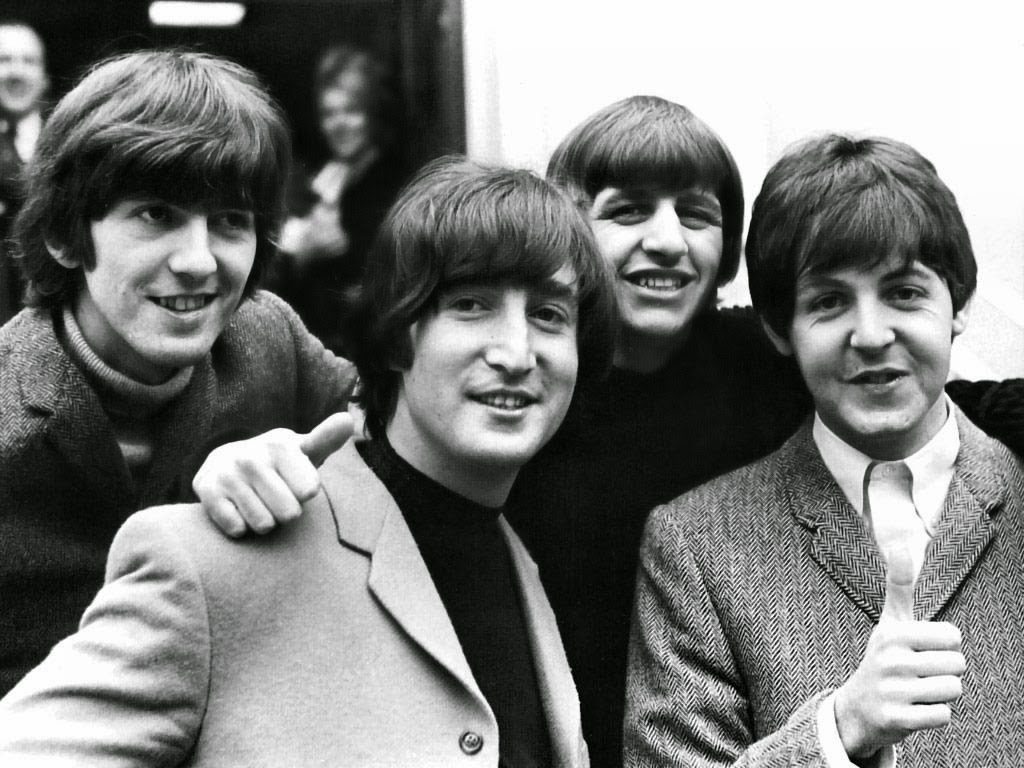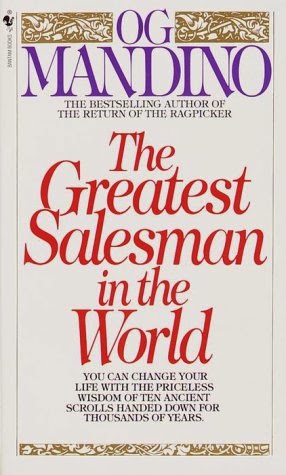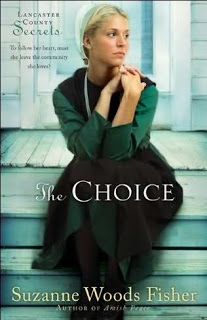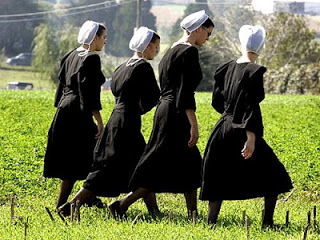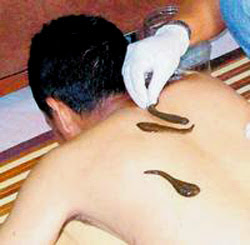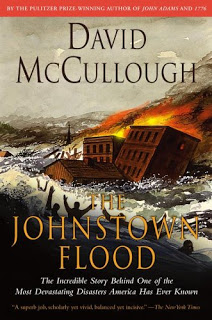A Passion for Music
Richard Atwood
Have you heard of the Currence Brothers? This band from West Virginia played and recorded gospel, bluegrass, and country music in the 1970s. The band members were known for their musical talent, especially with the banjo and fiddle. And two Currence brothers, plus their nephew, happened to have hemophilia. These band members overcame hardships to fulfill their passion for music.
For five generations, the musically inclined Currence family lived in High Germany on the Randolph-Upshure county line in central West Virginia. They lived in a six-room house on a small farm, four miles from a paved road. The nearby one-room school in High Germany housed 45 students in eight grades.
Every member of the large Currence family—including seven boys and five girls—either played a musical instrument or sang, though none was trained or ever had a music lesson. The children and their parents would listen to a battery-powered radio or hear live entertainment, then pick out the tune on guitar, fiddle, or mandolin. At home or in church, the family members sang and played musical instruments.
There appeared to be no family history of hemophilia. That is, until one of the Currence boys, Junior (1923–1925), died at age two after he bled out from a bumped nose, and hemophilia was later suspected. Junior’s younger brothers Jimmie (1932–1992) and Loren (1934–1987) grew up with bleeding issues, but they never visited a doctor until they were teens. There was no ice for treatment and nothing for pain, though the reason for this is unclear. The brothers applied high-powered liniments from Blair products for hemorrhages into their joints.
Jimmie and Loren seem to have visited at least one local doctor, and they were treated as “bleeders.” It’s possible that lack of money, transportation, and awareness of the need for a hematologist may have prevented visits to an appropriate specialist or hematology lab. Before factor VIII factor concentrates became available, the brothers received blood transfusions. Loren once received sixteen pints of blood for a kidney bleed. When Jimmie had a stomach bleed as a teenager, he received a pint of blood from his brother-in-law. The boys were often laid up from hemorrhages into their joints or from other internal bleeds.
Jimmie and Loren didn’t have their hemophilia diagnosed until the early 1960s. Dr. Mabel M. Stevenson, a hematologist at Morgantown University Hospital, diagnosed severe classical hemophilia in both brothers, who then called themselves “severe hemophiliac bleeders with near-zero clotting factor.” Neither brother could ever find full-time employment or get insurance. They both received supplemental social security, and the state of West Virginia paid for their medicine because they couldn’t afford it. Both brothers married, and each had three daughters.
Brothers Jimmie, Loren, Marvin (“Shorty”), and Buddy—along with Malcomb Pastine, a nephew who also had hemophilia—formed the Currence Brothers Band. Loren played guitar, sang, and managed the band. Jimmie played fiddle and banjo, winning banjo and fiddle contests in four states: West Virginia, Maryland, Pennsylvania, and Virginia. Jimmie won the fiddling championship in West Virginia for four consecutive years, and was undefeated grand champion in Maryland in 1970. Then his elbow bleeds forced him to switch from fiddle to banjo. Malcomb played guitar, and even did turkey calls. Buddy sang, while Marvin played the fiddle.
The Currence Brothers began spreading the gospel by playing their music at church functions. They traveled the country, usually in their van, to play in concerts and on radio or television. The band even recorded on their own, or with notable musicians, producing several albums in a genre they called Gospel Grass, along with a mixture of popular tunes. They collaborated with musicians including Larry Groce, who they met at a talent show at the firehouse in Parsons, West Virginia; Woody Simmons, who lived in Randolph County; Clyde See; and “Country” Charlie Jordan.
You can find Currence Brothers music on old vinyl records and in a few YouTube videos. Check out the following albums:
• The Currence Family, Precious Memories (Lark Records, n.d.)
• Larry Groce and the Currence Brothers (Peaceable Records, 1975)
• Larry Groce, Junkfood Junkie (Warner Bros. Records, 1976)
• The Currence Brothers, He’s Coming Back to Earth Again (Major Recording Studios, n.d.)
• The Currence Brothers Sing and Play Gospel Grass (Major Recording Studios, n.d.)
• The Currence Brothers, Ballads and Instrumentals (Major Recording Studios, 1978)
• The Currence Brothers, Muddy Boggy Banjo Man (Major Recording Studios, 1979)
• Woody Simmons, All Smiles Tonight (Elderberry Records, 1979)
• The Currence Brothers, That’s the Man I’m Looking For (Augusta Records, 1981)
• Clyde See with the Currence Brothers (Augusta Records, 1983)
The Currence Brothers are known for their talent on the banjo and fiddle, not for having band members with hemophilia. Their hemophilia did not define them, and it never prevented them from making music. Of course, some accommodations were made—switching instruments due to elbow bleeds; not playing at some events or traveling as much as they wanted—but not at the expense of their artistry and passion. Today, other family members continue the Currence musical tradition.
To learn more, read profiles of the Currence Brothers and other West Virginia musicians in Mountains of Music (University of Illinois Press, 1999), edited by John Lilly.

